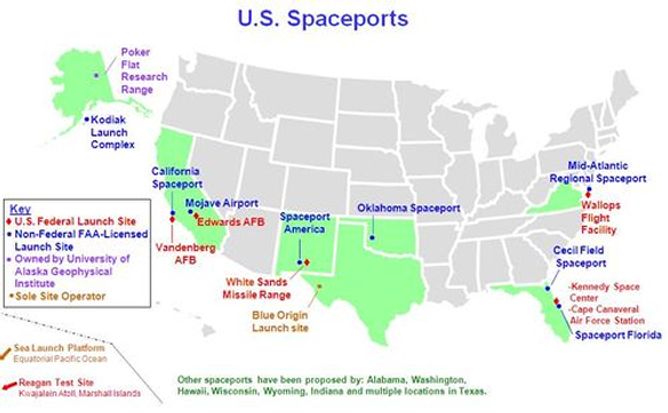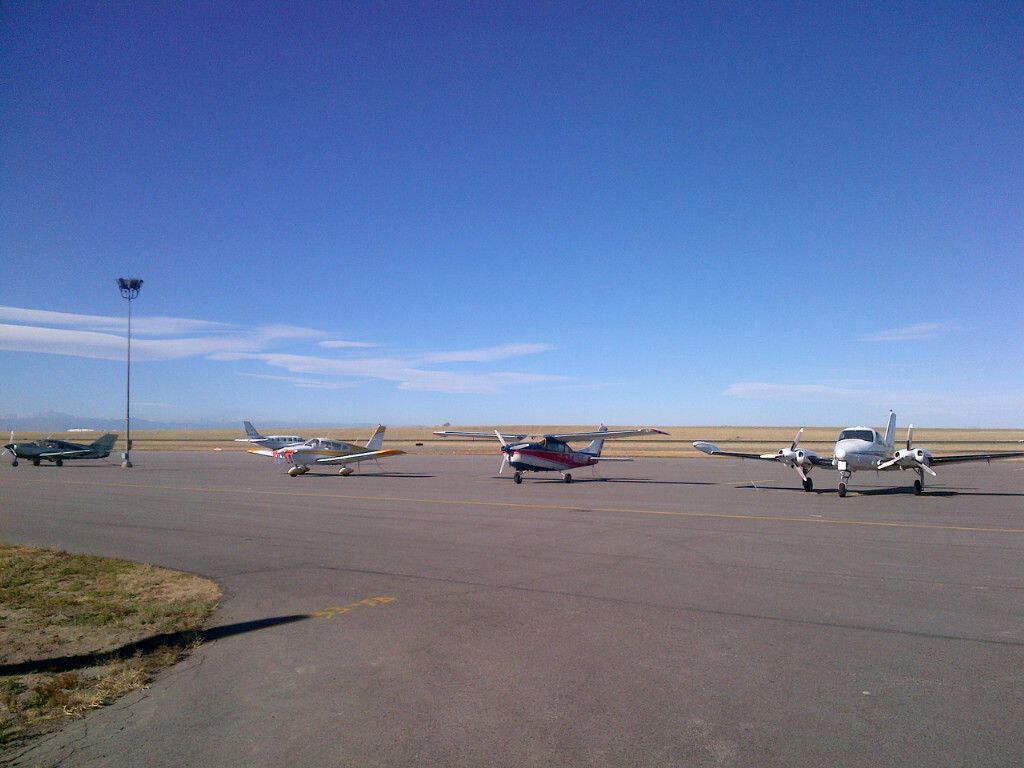Last month a colleague of mine and I visited with Dennis Heap, Executive Director of the National Front Range Airport, at Watkins, CO, the location of the future Spaceport Colorado, and Colorado’s contribution to getting into space. Here is Part 4.
In Part 4, I dwell more into the economic concepts necessary for a spaceports’ long term success. The single most important concept one has to understand with any type of port, airport, seaport and spaceports is the concept of the hinterland economy. The hinterland economy is the surrounding local economy that the port services, either by population demographics, commercial & industrial base or transportation hub per its geographic location.
The Sweden-America model, like Westport Malaysia requires that a hinterland economy will eventually be built close to the port. Westport’s then Vice-Chairman of the Board, Gnanalingam (we called him ‘G’) whom I reported to, had the foresight, the influence and the connections within the Malaysian public sector, to encourage the infrastructure development within Pulah Indah and the neighboring locations.
The hinterland is critical to the success of the port. Therefore the key to a port’s success is the clarification of the term ‘local’ in the definition of the concept of the hinterland. When I joined Westport in 1995, a hinterland was defined as within approximately a 15 mile (24 km) radius of the port. In my opinion that was too small a segment of the economy to facilitate the success of Westport. That definition did not match up with Westport’s ambition to be a world class seaport and transshipment hub that could give PSA (Port Authority of Singapore, then largest container port in the world) a run for its money.
So I changed the definition.
I changed the definition of ‘local’ to 7-hours. Any warehouse, manufacturing site or distribution center within a 7-hour drive of Westport was now Westport’s hinterland. And because Westport was in the middle of Peninsula Malaysia, that ‘7-hours’ translated into the whole of Peninsula Malaysia, from the border with Thailand in the North to all the way down South to Singapore. This increased Westport’s hinterland from 350 sq miles (900 sq km) to 51,000 sq miles (132,000 sq km).
Of course that ‘7-hours’ would not have meant much if Malaysia had not built an interstate system of roads. That is why the public sector involvement in the economy is so vital to an economy’s success; in a manner that says, how can we give back to our tax payers?
And coming back to our original topic, that is the beauty of Spaceport Colorado. It is tucked in close to Denver International Airport (DIA) and the city of Denver. Spaceport Colorado’s hinterland is the whole of the Continental United States. First through the passenger traffic via DIA and second tapping into the high end winter tourists market at Aspen, Vail & Beaver Creek ski resorts.
Spaceport Colorado will be an immense success.
—————————————————————————————————
Benjamin T Solomon is the author & principal investigator of the 12-year study into the theoretical & technological feasibility of gravitation modification, titled An Introduction to Gravity Modification, to achieve interstellar travel in our lifetimes. For more information visit iSETI LLC, Interstellar Space Exploration Technology Initiative.
Solomon is inviting all serious participants to his LinkedIn Group Interstellar Travel & Gravity Modification.



